Affiliate links on Android Authority may earn us a commission. Learn more.
Build materials: metal vs glass vs plastic
Published onJuly 19, 2018
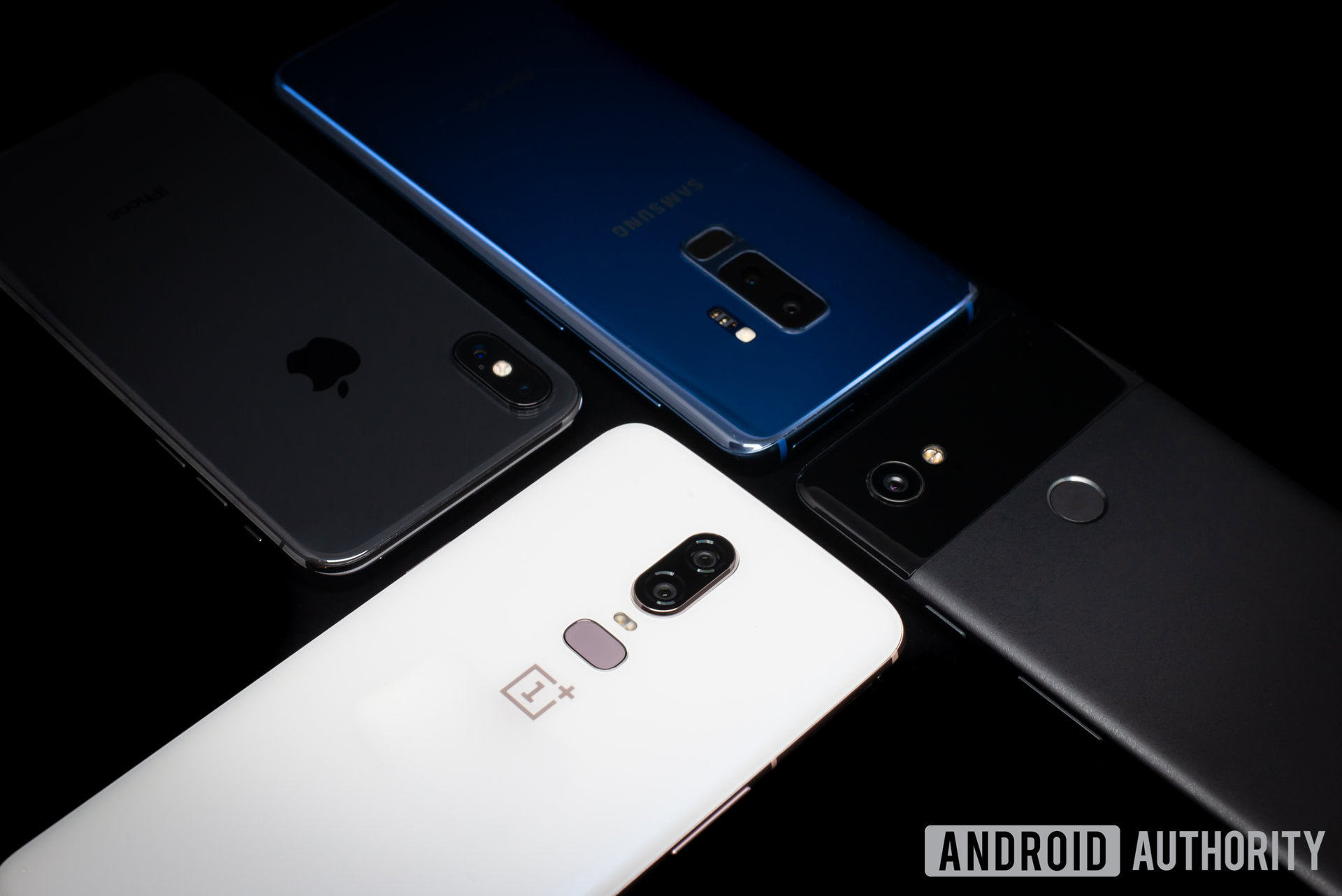
Once upon a time, phones were devices in a variety of sizes and shapes with one thing in common: they were made from plastic. Over the past few years, things have changed with phones appearing in a variety of finishes, from metal and leather to plastic and glass. The latter now dominates many of today’s high-end designs, but not everyone is happy with the more limited choice than just a few years ago.
Read Next: Gorilla Glass vs Dragontrail Glass vs tempered glass and beyond
Each build material has its own pros and cons, ranging from the texture and feel in the hand, to durability and its ability to withstand the odd accidental drop. Let’s take a closer look at the pros and cons of each and some of the smartphones available for each type.
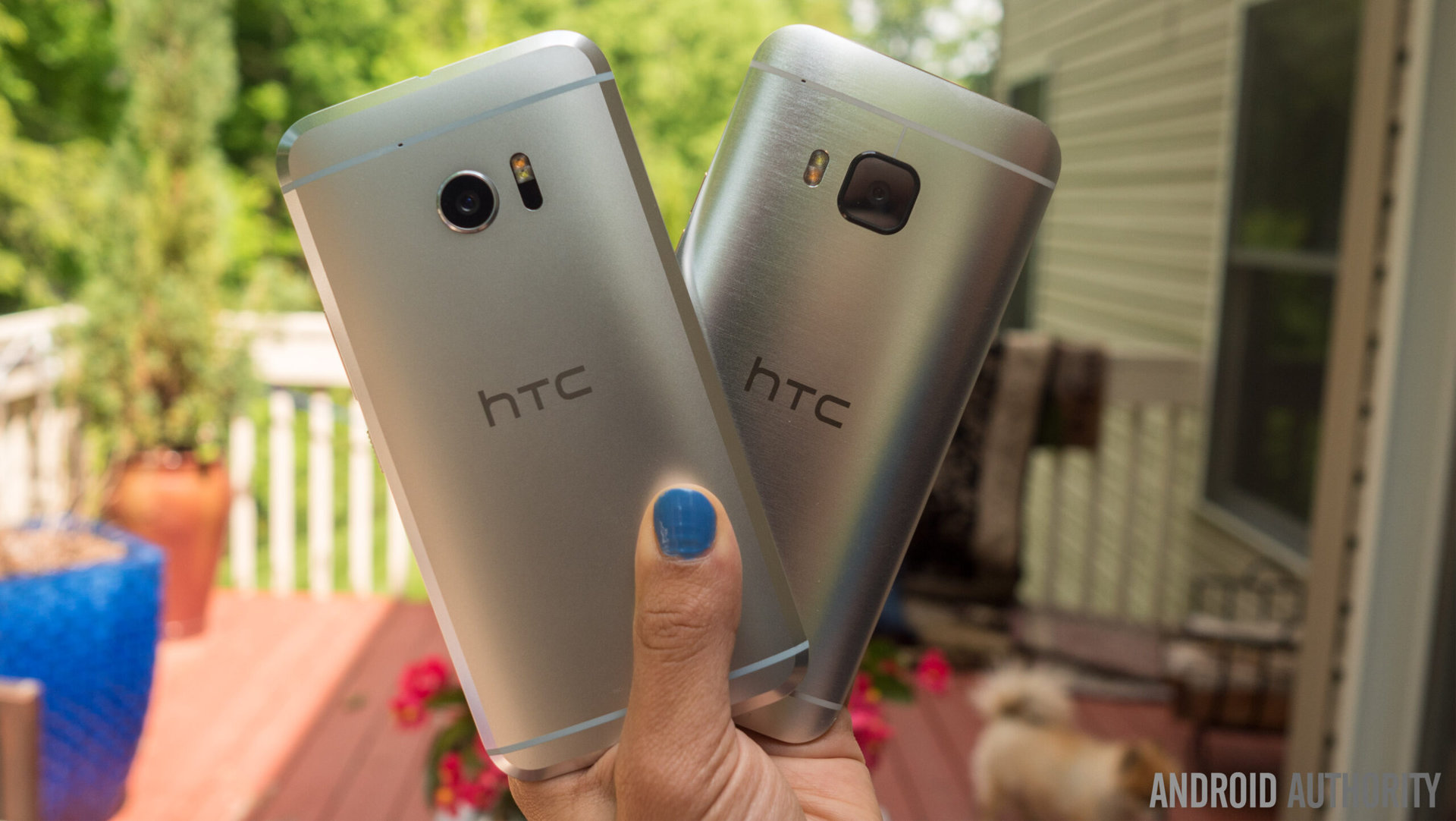
Metal
Metal was first adopted in mass market smartphones about half a decade ago and it was commonly used by Huawei and HTC in their flagship devices. It was probably the HTCOne series that really kickstarted this trend back in 2013. Other manufacturers do use metal now, but the material has become more associated with some cost-effective high-end products, or the super mid-tier, rather than the most expensive smartphones on the market.
Pros
- Look & Feel: one of the key reasons people like metal devices is that they often look and feel good in the hand. Aluminum and Magnesium (metals that are most commonly used in smartphones) are malleable which allows manufacturers to be adventurous in their design.
- Heat dissipation: another reason metal is a good build material is that it aids OEMs by dissipating heat generated by the processor and internals in a way that plastic devices can’t. A metal smartphone is a good heat conductor, and so can disperse more heat into the air than its plastic counterparts.
Cons
- Heat dissipation: Both a positive and negative for metal, as overheating processors can mean the handset itself gets too hot to touch. While its extremely rare that you’ll actually suffer burns from the handset overheating, metal devices can heat up to a point they are uncomfortable to hold.
- Showcase: A benefit of plastic devices is that they can hide marks and blemishes but metal devices will show scratches for all to see. Many metal smartphones are anodized and available in a range of colors. While they do look good, they display blemishes when the untreated metal is exposed.
- Radio interference: Metal might be a good conductor of heat, but it also conducts electricity and blocks high-frequency radio waves too. This makes it unsuitable for use with wireless charging and can also hinder the effectiveness of radio waves used by WiFi and LTE data connections. So antenna lines have to exposed to ensure a steady connection.
Devices
Fully metal flagship smartphones aren’t as common these days, you’ll have to go back one or two generations to phones like the HTC 10 and HUAWEI P10 to find great examples of high-end metal phones. The recent Nokia 6 might not be a high-end option, but it’s milled from a single piece of 6000 series aluminum. However, a number of smartphones make use of a combination of metal and glass, such as the HUAWEI Mate 10.
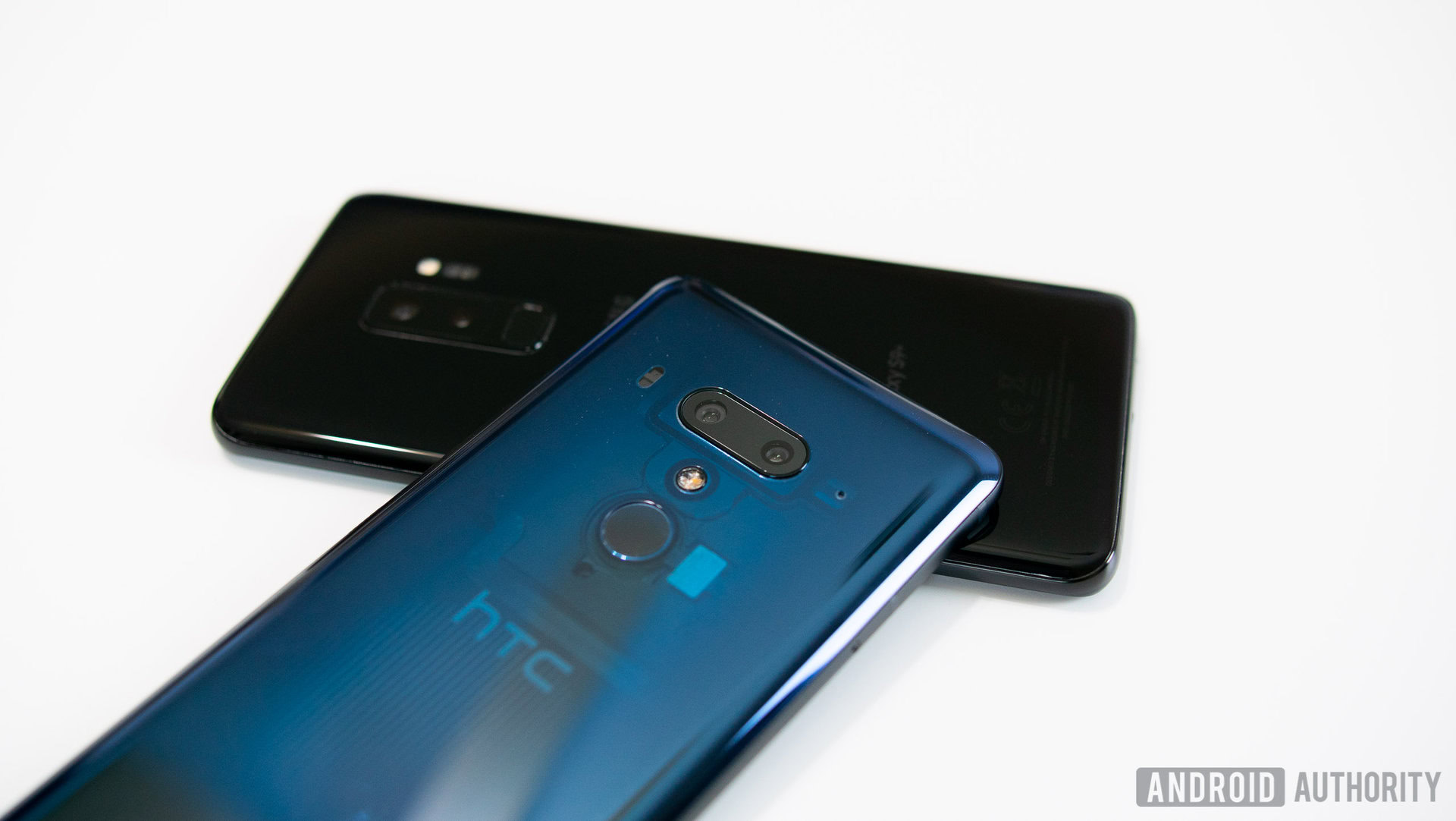
Glass
Nearly all current flagship devices not only make use of a glass panel to protect the screen but have opted for ceramic glass encasings on the back of their phone as well. The idea started gaining popularity with the metal and glass build of the Galaxy S6 Edge and the all-glass Xperia Z3, and has stuck around with the newer Galaxy S9, HUAWEI P20 Pro, and many many others.
Pros
- Scratch resistant: Corning’s Gorilla Glass is designed to be durable and provide protection against bumps and scratches. While some manufacturers use other glass manufacturers, Gorilla Glass has been used on billions of smartphones and is undoubtedly one of the principal reasons behind the rise in glass adoption. It should keep your phone safe even from the occasional drop and won’t get as scratched up as a metal chassis.
- Highly scalable: Some manufacturers – like Apple – have invested in alternatives such as sapphire for their smartphones but any type of glass has one key advantage over metal: it can be produced in massive scale, allowing OEMs to reduce the cost of producing a smartphone. It’s certainly cheaper than milling out a chunk of metal but isn’t as cost-effective as plastic.
- Wireless charging: Metal is no good for wireless charging, but glass is a very poor conductor of electricity by comparison. This makes it a far better material to use if you want to equip a phone with wireless charging.
Cons
- Fragile: The most obvious disadvantage to glass is that it can break. Sure, metal and plastic can also break and while strengthened glass provides significant protection, glass can still completely shatter when dropped or hit in the wrong part of the handset. Broken phone screens are a testament to the key disadvantage of glass.
- Fingerprints: Glass is by far the worse culprit when it comes to collecting fingerprint grease and dust, turning a good looking handset into an unkempt one. If you don’t like regularly wiping down your phone, glass probably isn’t for you.
- Limited in design: Compared to both metal and plastic, using glass often limits the design of a smartphone. The majority of glass devices are flat and there’s certainly less flexibility for interesting curved designs when building with glass compared to using plastic. That being said, Samsung’s curved edge design remains rather unique looking and HTC’s see-through back is rather cool.
Devices
Just look around this year’s crop of flagship smartphones and you’ll see plenty of examples of glass and ceramic designs. This list includes the LG G7, HTC U12 Plus, Xiaomi Mi 8, and plenty of others. Glass isn’t just for expensive phones though, a number of more cost-effective handsets boast this swanky look. Perhaps the highest profile series in HUAWEI’s HONOR range, which brings a rather expensive looking design down to price points in the low hundreds of dollars. Handsets include the HONOR 10 and HONOR 8.
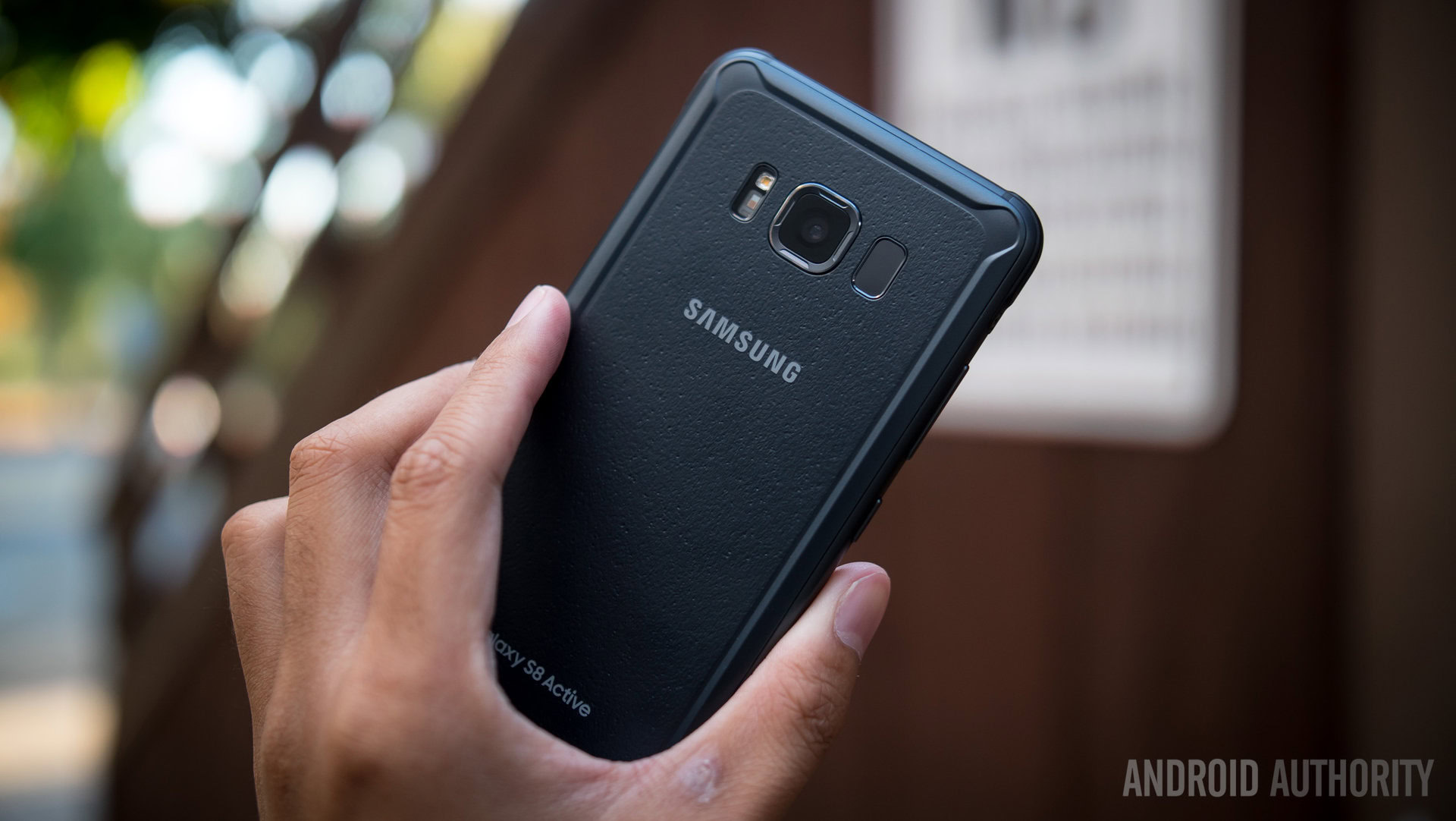
Plastic
Plastic is still the most common type of material used in smartphones across all price points and of the different types of plastic, polycarbonate is considered most suitable for handsets. Polycarbonate used to be found in high-end handsets like the Galaxy Note series and LG G ranges, along with the hard shell on Nokia Lumia handsets. However, these days plastics tend to be reserved for cheaper mid and low-end handsets, as it’s by far the most cost-effective material to clad a smartphone in.
Pros
- No reception issues: The biggest fault with metal and some glass handsets is they interfere with internal antennae, which often results in call and signal problems. There are virtually no handsets with polycarbonate exteriors that suffer from network issues and the material allows manufacturers to place antennae inside the handset rather than on the exterior.
- Durability: Plastic is pretty tough to shatter, scratch, or dent, compared to metal and glass, making it a very durable material to build phones out of. The ever so slight flexible nature of plastic makes it a better shock absorber if you drop it, so it’s more resistant to cracks and dents.
- Low cost: Polycarbonate is significantly cheaper than both metal and glass and as the smartphone market becomes increasingly saturated, the ability to produce handsets for cheaper becomes a factor that can’t be overlooked. As the cost of other materials reduces, however, the case for using plastic becomes less and less pronounced.
Cons
- Look & Feel: The majority of plastic on smartphones look and feel decidedly non-premium in the hand, unless extra expense is spent on texturing and ergonomic design. The shift away from using plastic in flagship devices suggests that the negative appeal of plastic-clad smartphones has finally made OEMs consider which handset material they should be using.
- Heat Dissipation: Polycarbonate (and plastic in general) is a poor conductor of heat and this means that, if all things are equal, means worse dissipation into the air. A plastic smartphone can’t dissipate heat as quickly as metal, which in rare cases can cause the inside to heat up which isn’t great for battery longevity.
Devices
Despite the fact that plastic is no longer considered premium enough for a flagship, there are still a couple of compelling devices that are predominantly made from plastic. The HONOR 7X is a very competitive option with all around decent specifications and, of course, the Galaxy S8 Active offers high-end specs in a durable plastic package.
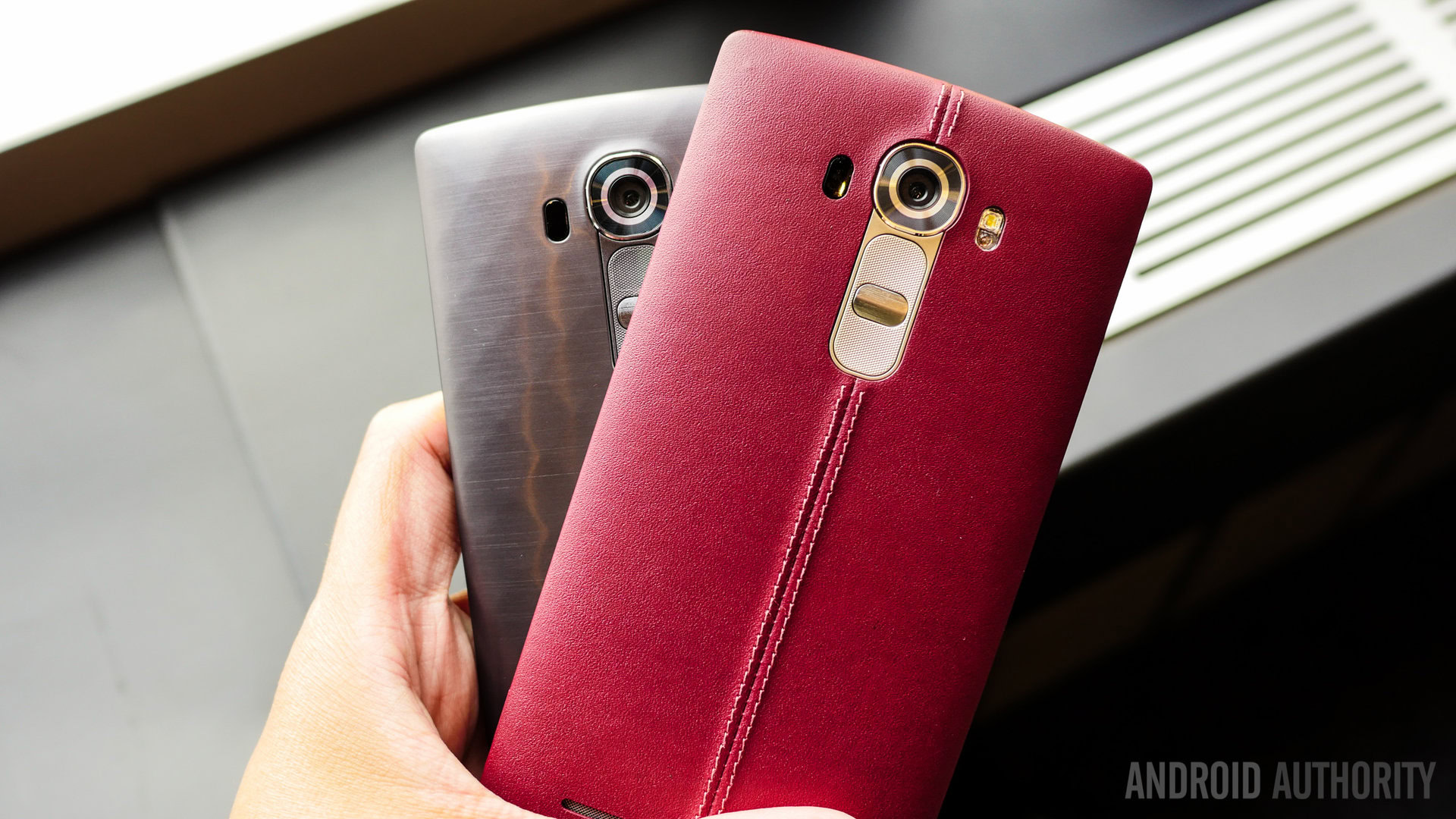
Which type is best for you?
Which material is right for you? That depends on what you look for in a smartphone.
If you’re careful enough but want to hide little scratches and blemishes, glass is a great option both in terms of look and feel. If you’re after a more unique looking handset and want to avoid the dreaded fingerprint smudges, then a handset made from aluminum or magnesium is definitely the one for you. Well designed plastic bodies can still feel great in the hand too, and offer an excellent balance of durability and cost.
Which do you think is the best build material? Vote in the poll and let us know your views in the comments below!